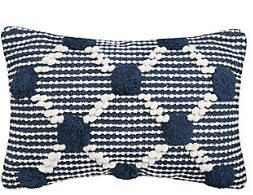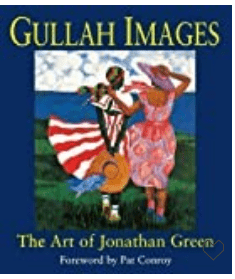
Recounting how he and other young enslaved children foraged for their food in Louisiana, Olivier Blanchard of Beaumont, Texas told the WPA interviewer, “We have plenty to eat and peaches and muscadines and pecans, ’cause there right smart woods and swamp there.” The 95 year old and other formerly enslaved informants shared how muscadine was used for medicinal purposes because it is rich in antioxidants, magnesium and potassium. Muscadine is native to North America. The oldest known muscadine vine or “mother vine” can be found in North Carolina, though other muscadine varieties can be found and cultivated in other southern and southeastern states.

Embedded in the history of muscadines is its role in rural Black culture dating back to the days of indentured servitude and chattel slavery. Muscadine was a dietary staple found in the woods, as Mr. Blanchard stated, but in the form of wine it was enjoyed in plantation and farm quarters as well as in the homes of free men and women. It was generally enjoyed as a dessert wine and for celebratory occasions.
Black-owned muscadine vineyards and farms pre-date Napa and other wine regions in the country. Though they were nothing like the fancy tourist attractions we know today, they provided some Black women and men farmers with a reliable income. For over 40 years, FAMU’s Center for Viticulture and Small Fruit Research has worked with Black muscadine vintners and farmers to assist in building their businesses.

Today’s muscadine wines are flexible in type and some are mass produced as sparkling, red, white, blush and brandy. The original home-brewed muscadine wine is still produced throughout the South and some Black women, like the heritage culinarians below, have great memories of their first tastes of it and family experiences making the wine.
Native Tennessean chef Catherine Lavender of Catherine’s Kitchen remembers receiving a bottle of muscadine wine as a gift. “It was good, but it was a little too sweet for my liking.” Appreciating the gift, and not wanting to waste it, the Georgia-based chef exercised creativity. “I added a bunch of lemons and some whiskey to make a sangria.”
Temicka “Chef Tweet” Moore relates another type of memory of muscadine wine gleaned from a conversation with her Aunt Punk, who lives in Marion, Alabama. “My family are foragers, who found food like muscadine in the woods. Aunt Punk would bring whatever she found home to my grandmother Morne and ask her what she could do with it.” The Indiana-based chef recalls her aunt telling her that Grandma Morne made wine from pears, peaches and muscadine. “Muscadine wine was one of the homemade staples in my grandmother and aunt’s household.”
“That’s probably one of my favorite childhood memories,” says chef and mixologist Keri Myleka McKelvey, who was born in Alvin, SC. The owner of Wicked Liquid Enterprises continues, “Both of my grandmothers had vines in their yards. It was normal to see old pickle jars with newspaper and lids with muscadine wine at different stages in the process. I learned to make wine at an early age, one of the first cocktails I learned to make was made with muscadine wine.”
16

































































We have Muscadine vines on our property. We are picking grapes every day now that they’re ripe. My grandfather used to make wine. I wish we had his recipe. Maybe I’ll make my own.